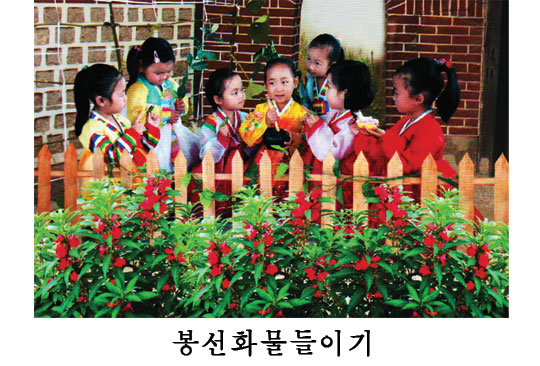The 24 seasonal divisions and folklore customs of June
Mangjong (the barley harvest season) and haji (the summer solstice) are included in June of 24 seasonal divisions.
Mangjong is the 9th of the 24 seasonal divisions according to the lunar calendar that falls on about 6th or 7th of June and haji falls on 21st or 22nd of June.
Tongji (the winter solstice) has the shortest daytime in comparison of other seasonal divisions. In contrary, haji has the longest daytime.
Mangjong means that barley is cut and young rice seedlings are transplanted. As the saying goes from the olden times, "Barley is to be cut before mangjong period". This means that it would have rainy season for barley during this period so that they should harvest it at the shortest date not to turn it rotten. On the basis of these experiences, our ancestors harvested wheat and barley in time so as not to dissipate the toil-and-moil cereals and then began to rice-plant.
Haji is the important season in raising good crops of a year in aspects of season and farming process. As the saying goes, "Haji is the 60s of rice-seedling", which means that rice plantation before haji would lead to the bumper harvest in that year's farming.
On the other hand, our people made various kinds of food suitable for June.
June is a period when edible herbs are abundant and vegetables are harvested so edible herbs as barley and cucumber were widely used in dietary life.
According to Kwanongsocho, a book written by Pak Ji Won who was a realist of 18th century, it is said that the barley harvested in mangjong was used as the raw materials for vinegar. At this period, rice cake made of aster and salad of leopard plant were made in several regions.
During the haji period, dishes made of wormwood were popular across country. Cake made of rice flour and wormwood paste was typical.
On the other hand, balsam-dyeing game was popular among girls during these periods.
